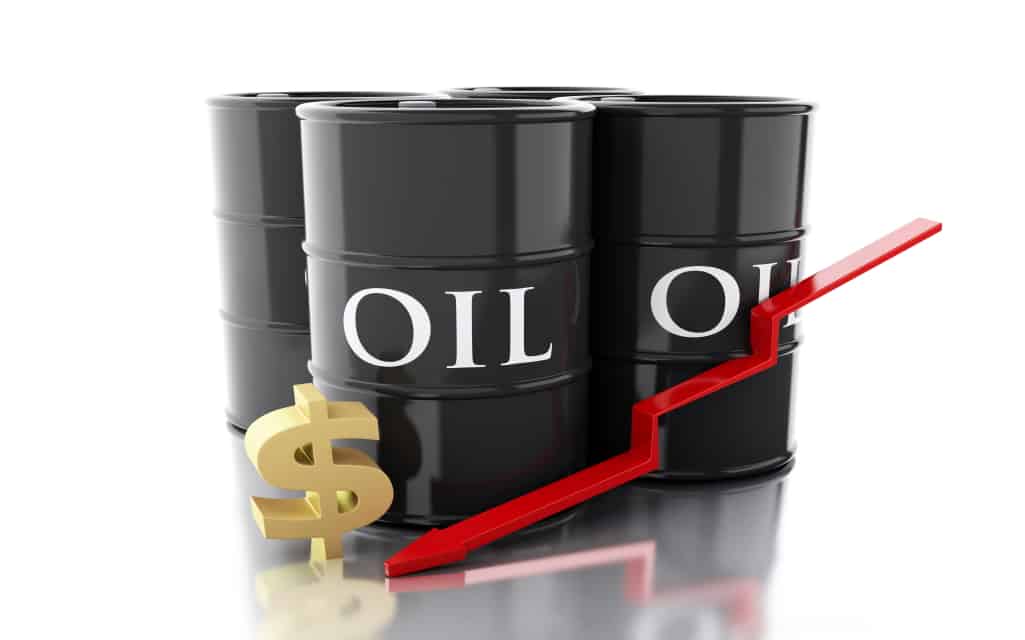The issue of gas prices is now so prevalent that very few businesses actually consider it a business expense. However, it should be taken into consideration just as seriously as the other expenses in businesses that rely heavily on vans, trucks, buses, and vehicles for delivery and repairs to cut costs.
It is extremely important to have a reliable, easy to fill, and cost-efficient fuel source for a business using fuel-based vehicles on a regular basis. Finding the right type of fuel supply can be tricky, so here are some tips on how to find the best source of fuel supplies from the range you are offered.
1. Think About The Cost
Be it a single vehicle or a couple of cars or trucks, the cost factor is equally important. If you fuel your vehicles at commercial filling stations, you will have to take into consideration the fluctuating prices. If you don’t pay attention to this, your budget and saving tactics all go to waste.
2. Driver Productivity Is Key
You must ensure that your employees are trained well enough to know that the delivery or repair trucks/vans have their tanks filled all the time. This way, they will not run out of fuel in the midst of repairs or deliveries or other business responsibilities.
You can introduce fuel management programs to your employees so that they can be aware of their fuel purchasing habits and track them.
3. Invest In On-Site Fuel Tanks
If your business relies heavily on vehicles or generators, it is better to purchase some fuel storage tanks to save time and cost from all the coming and going to those commercial filling stations. Also, you will not have to worry about the current fluctuating costs because the stock you will have already will be unaffected. For example, Able Sales offer for sale Diesel Fuel Tanks ranging from 450L to 50,000L, which you can consider purchasing as per your requirements.
As convenient as it sounds, it entails a number of challenges as well. A fuel storage tank will have to be operated under several complicated guidelines from the government as well as local authorities.
Countries have regulations under which the design, construction, storage, and observation are to be done. You may even need an inspection system for on-site fuel tanks, which has to be implemented on a regular basis.
4. To Use the AC or Not? That’s the question.
There’s some debate as to whether turning on your air conditioner is more fuel-efficient or not. Some say that by turning the air conditioner on, you are increasing fuel usage, but on the other hand, if you turn off the air conditioner and roll down your windows, the external air can increase the drag force, thus increasing your fuel consumption. So which is accurate?
Actually, both are, depending on where you are driving. For driving within the town, turning off the AC and rolling down the windows saves more fuel. On the other hand, if you are driving on the highways where you usually drive fast, rolling down the windows can increase drag. So for the highways, it is recommended to keep the windows shut to save fuel. Depending on how your vehicles are used and the nature of your business, instruct the drivers to roll the windows up or down accordingly.
5. Mission To Reduce Emissions
You may want to think of investing in fuels that are more eco-friendly. Not only will you be helping in creating a positive impact on the environment, but you will also get appreciated by the industry and customers which will show your business in a good light.
However, the costs might be a bit higher than your budget, and you may want to step back once you have calculated the final expected expenses. But fear not, there are countries that provide incentives to businesses that cut down on emissions. You can research on the internet whether your country provides that facility as well.
6. Mobile Fuel Delivery Services
If not in an on-site fuel storage tank, invest in hiring a mobile fuel delivery service. This will not only remove the hassles of storage and maintenance of storage tanks but also shave time off your employees having to run back and forth for refills in the midst of delivery routes.
7. Routinely Check Your Tires
Tire pressure can dictate how much fuel you need. In fact, underinflated tires can reduce your mileage, thus increasing your fuel needs, and in turn, increasing the cost of fuel needed.
You should make sure that your vehicles’ tires are at a safe pressure, but do not overinflate. If you overinflate, it can potentially be a safety hazard. Instruct your fleet’s drivers to routinely check the tire pressure before any trip.
Final Thoughts
Saving fuel – be it for your personal use or for your business needs – is important both economically and environmentally. We hope that our tips help you to make your business journey smooth as well as cost-efficient!



